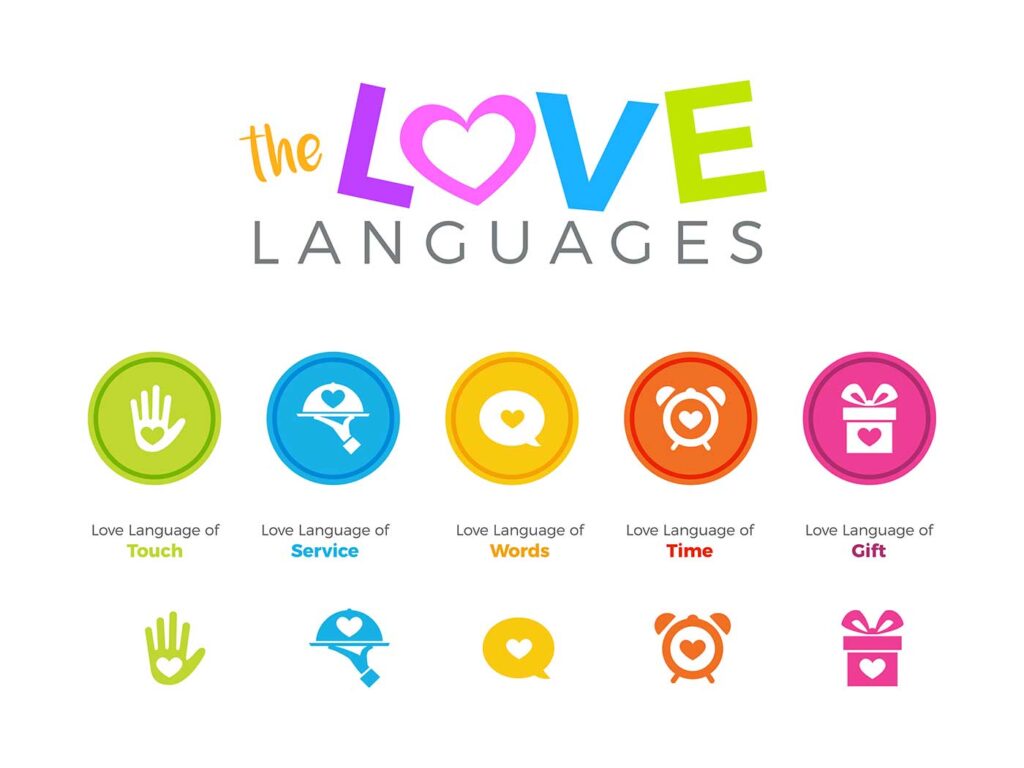It’s always a good thing to admit when you’re wrong.
I have been anti-QR codes for a very long time.
Back when I worked at various agencies, I would wince anytime a client or colleague suggested adding a QR code to a printed piece or booth display. I almost always recommended NOT to use them.
I’ve worked in communications and marketing for more than three decades. I’ve seen many innovations that changed how we work and do things (hello, Internet and email).
I’ve also seen many tech innovations try to launch, but fail, because they weren’t easy to use. That’s why I was convinced that QR codes were never going to make it.
I truly believed that that QR codes would never catch on with the general public.
My reasoning was thus: if I was reluctant to interact or engage with QR codes, even though I’m in the marketing business and a digital early adopter, there was no way they would ever go mainstream – no matter how much marketers tried to push them.
In recent years, of course, I’ve had to do an about-face. In fact, I’ve actually considered getting a QR code on my business cards – that’s how far I’ve come from my original view.
So what changed my mind? Two things: iPhones and Covid.
In September 2017, with the iOS 11 update, Apple integrated a QR-code reader right into the iPhone’s camera. That meant 700 million iPhone users suddenly didn’t have to figure out how QR codes worked because it just happened instantly – like magic.
The other game-changer was Covid. When the world shut down in 2020 and we had to minimize contact with other humans – as well as with anything other humans might have touched – suddenly restaurants started going with digital menus instead of the kind you hold in your hands.
The moment QR codes became the only thing standing between us and a good meal, they instantly became adopted and used by just about anyone.
Oh, sure, you’ll find a Boomer or two who refuse to scan the menu and insist on looking at a printed one – even if it’s a paper takeout menu. But most of us got on board with QR codes pretty darn quickly once they became the route to a delicious meal.
And honestly, this menu example is pure gold and forms the basis of my ongoing recommendation for how marketers should use QR codes. If what you’re providing on the other side of the QR code is as desirable and essential as a menu to a hungry restaurant-goer, then by all means use one.
But if you’re just using the QR code to spew a bunch of meaningless marketing or sales information, then you run the risk of boring and losing trust with your customers.
My Information Security guru of a husband would not want me to end this blog post here. You see, QR codes still have a dark side: they are easily tampered with by cyber-criminals and can be used to redirect people to malicious sites that steal login and financial information.
This security risk may be the very best reason of all to avoid QR codes. But, if you’re still planning to use them, it makes sense to at least print your website URL beneath the QR code so people will know if the code takes them to the wrong site.
What do you think – are QR codes too much trouble? Have you used them with good results in your marketing? I’d love to hear from you about all things QR codes and more in the comments below or over on LinkedIn.





